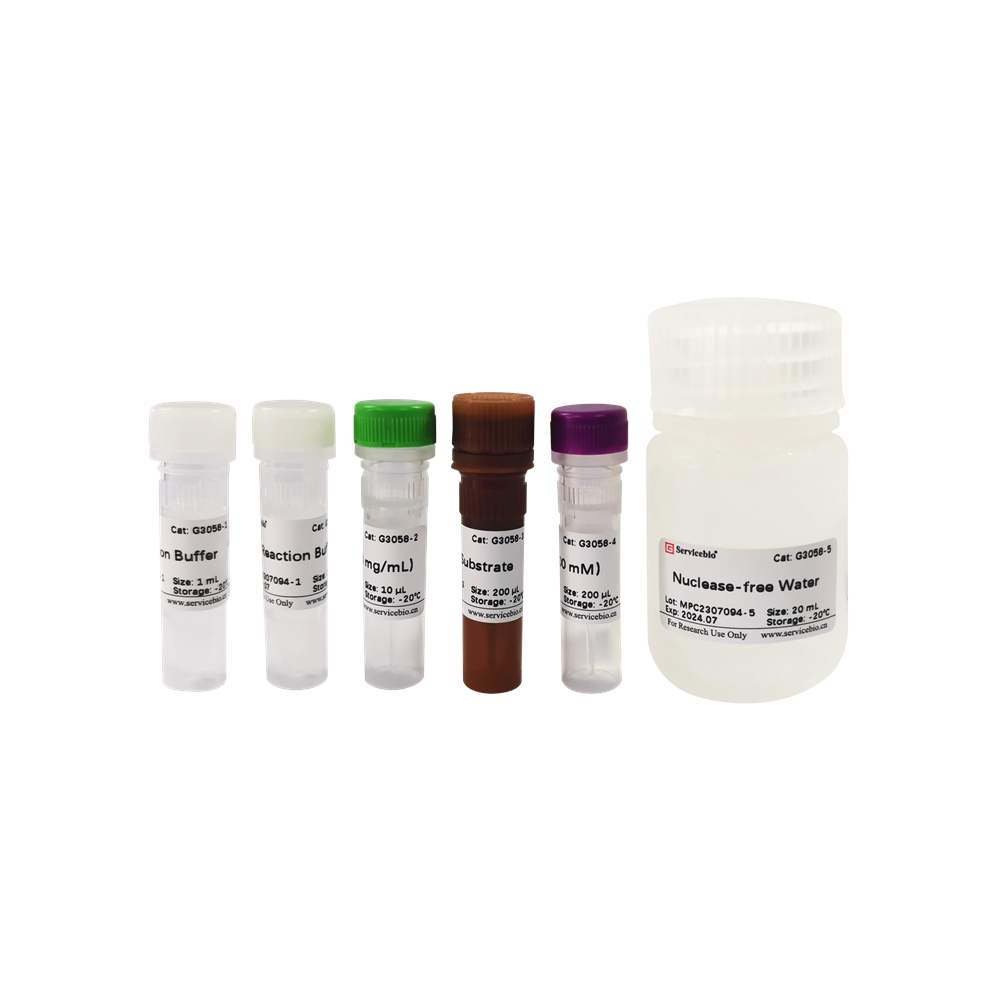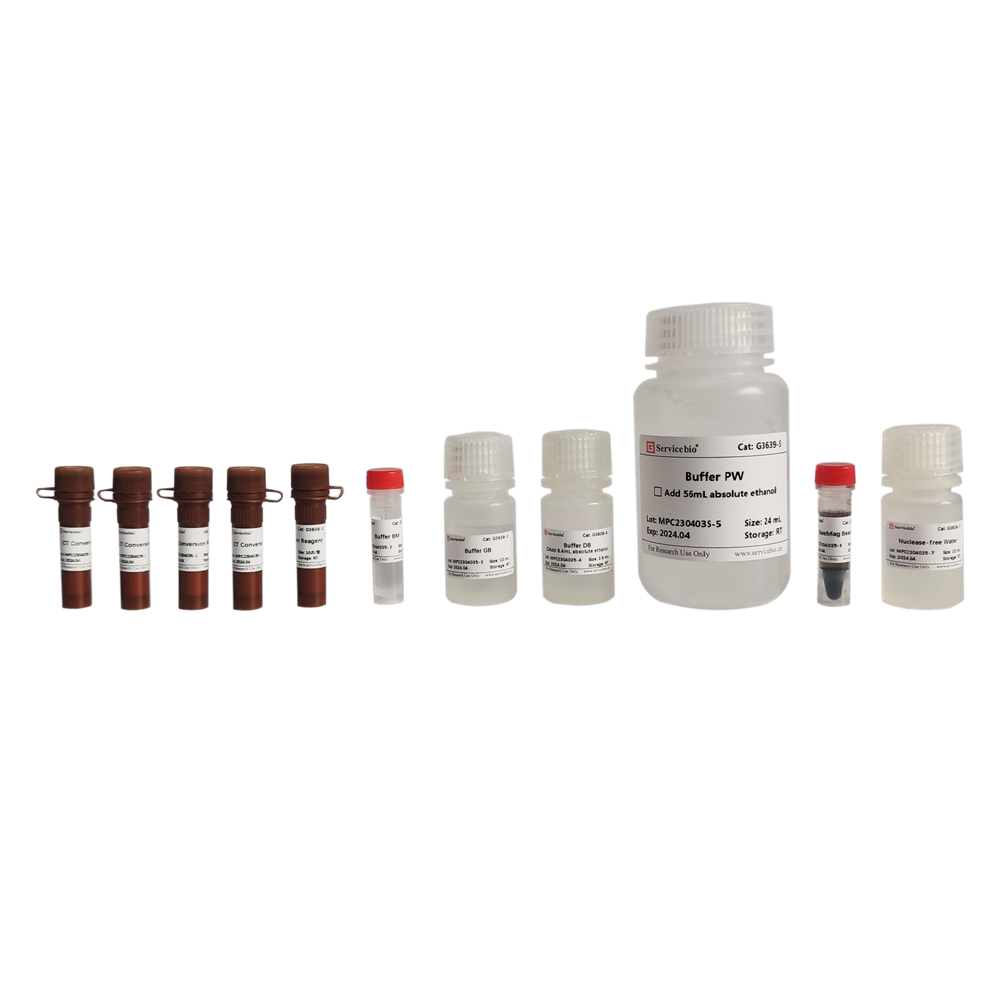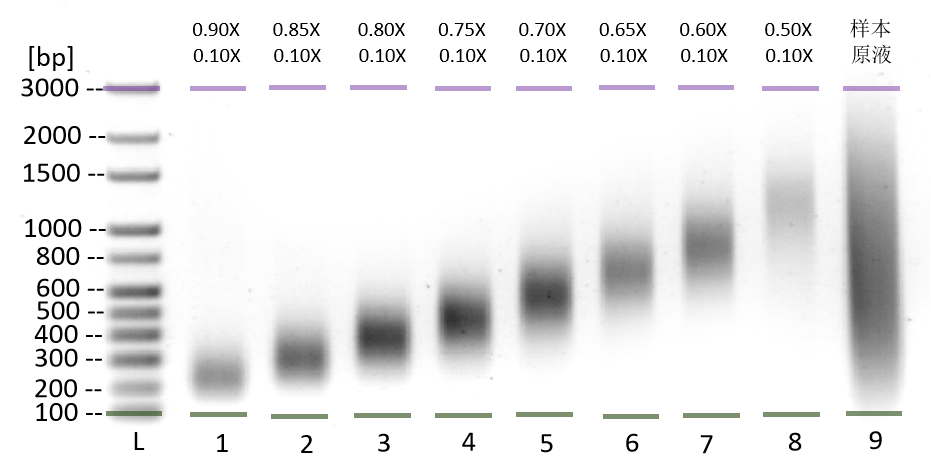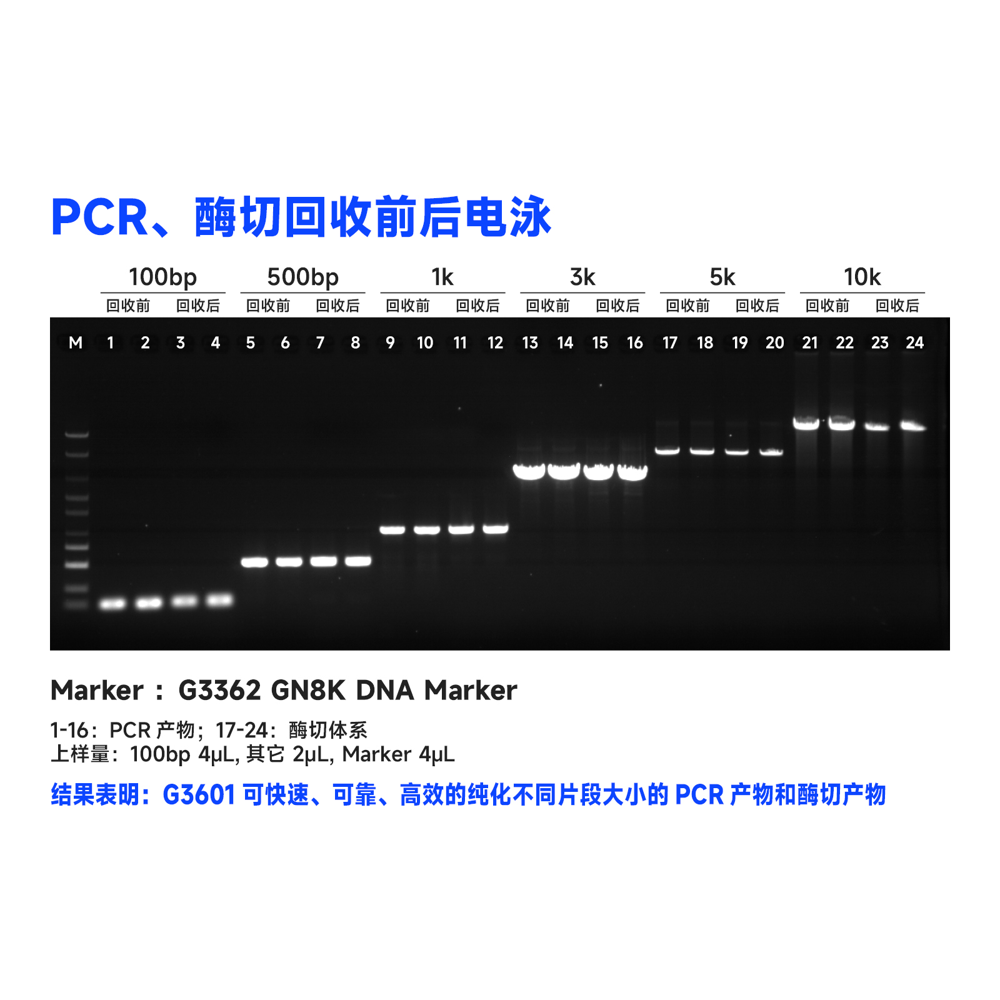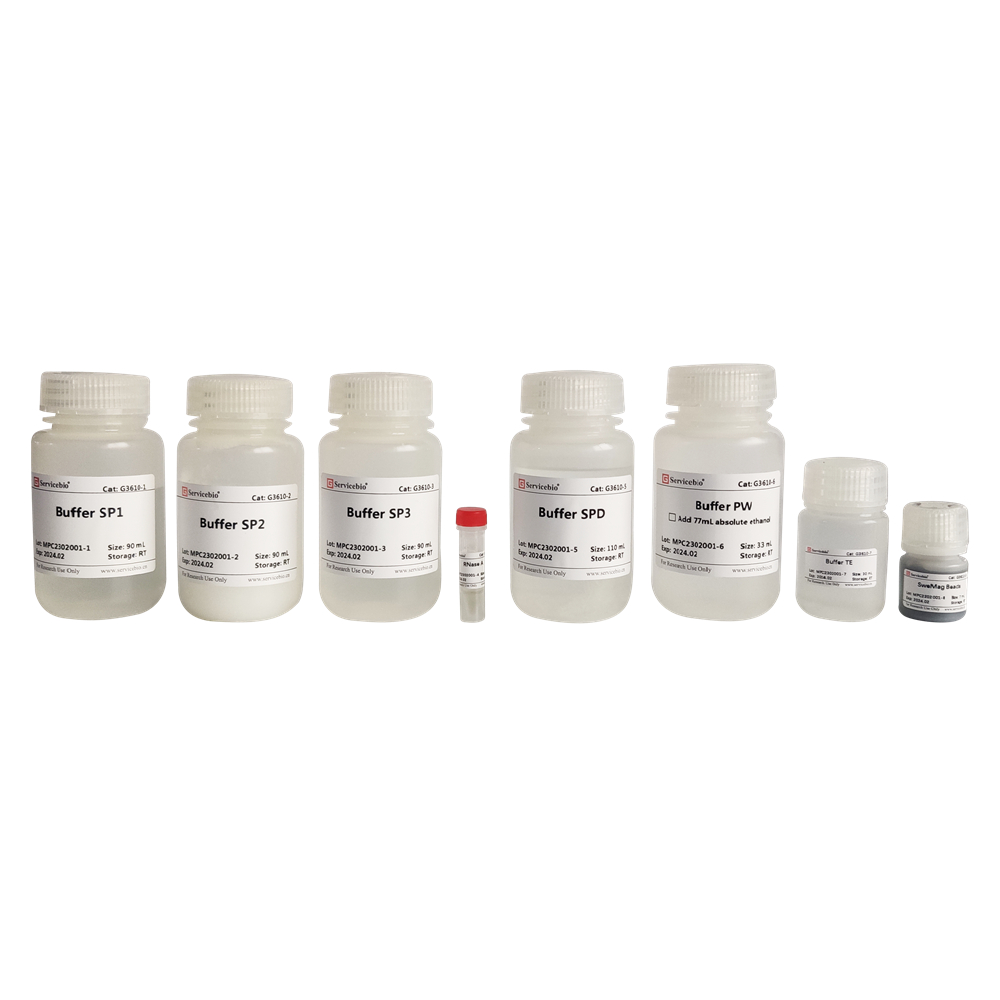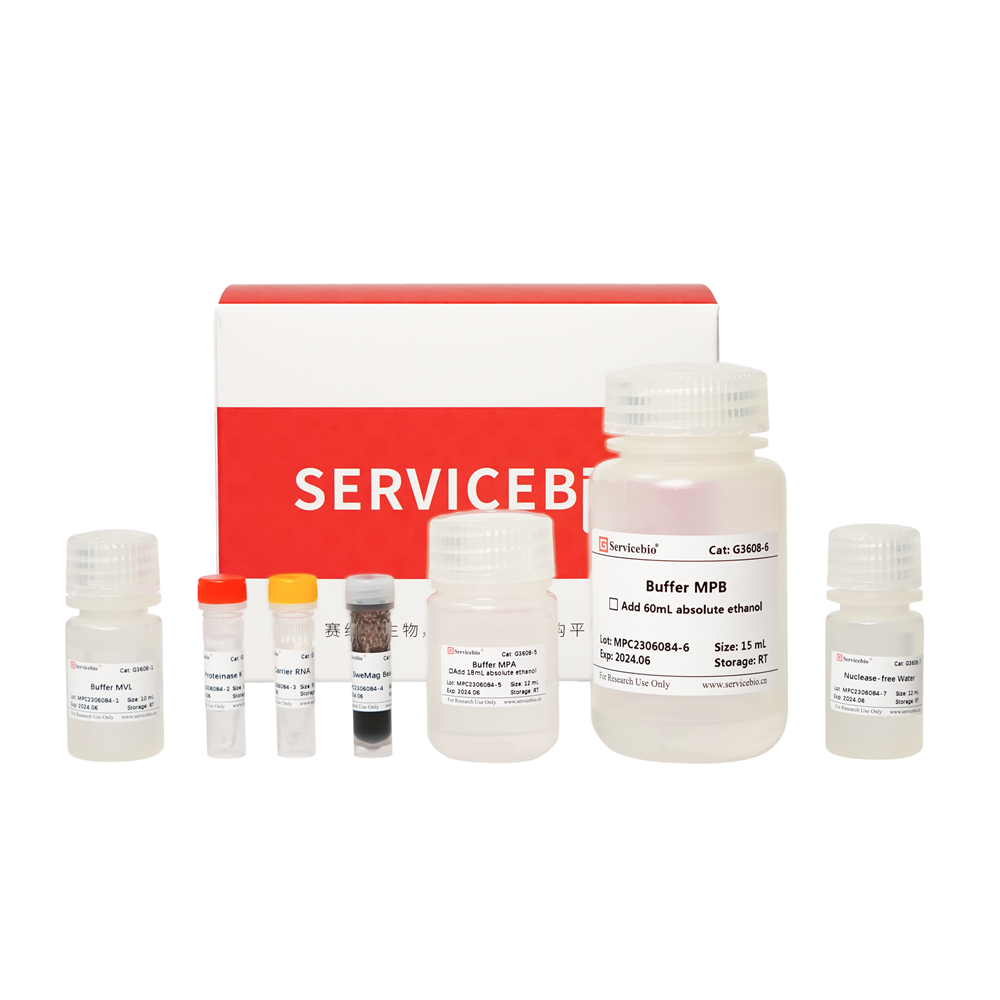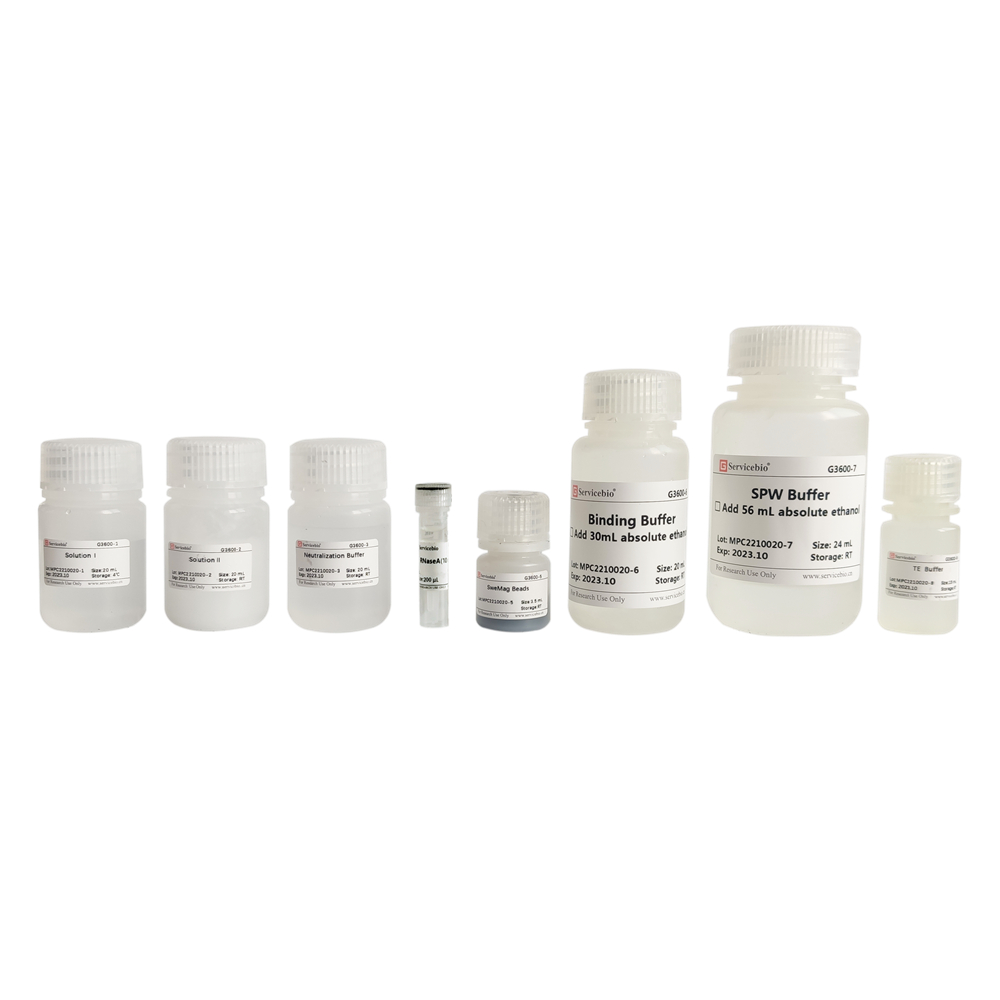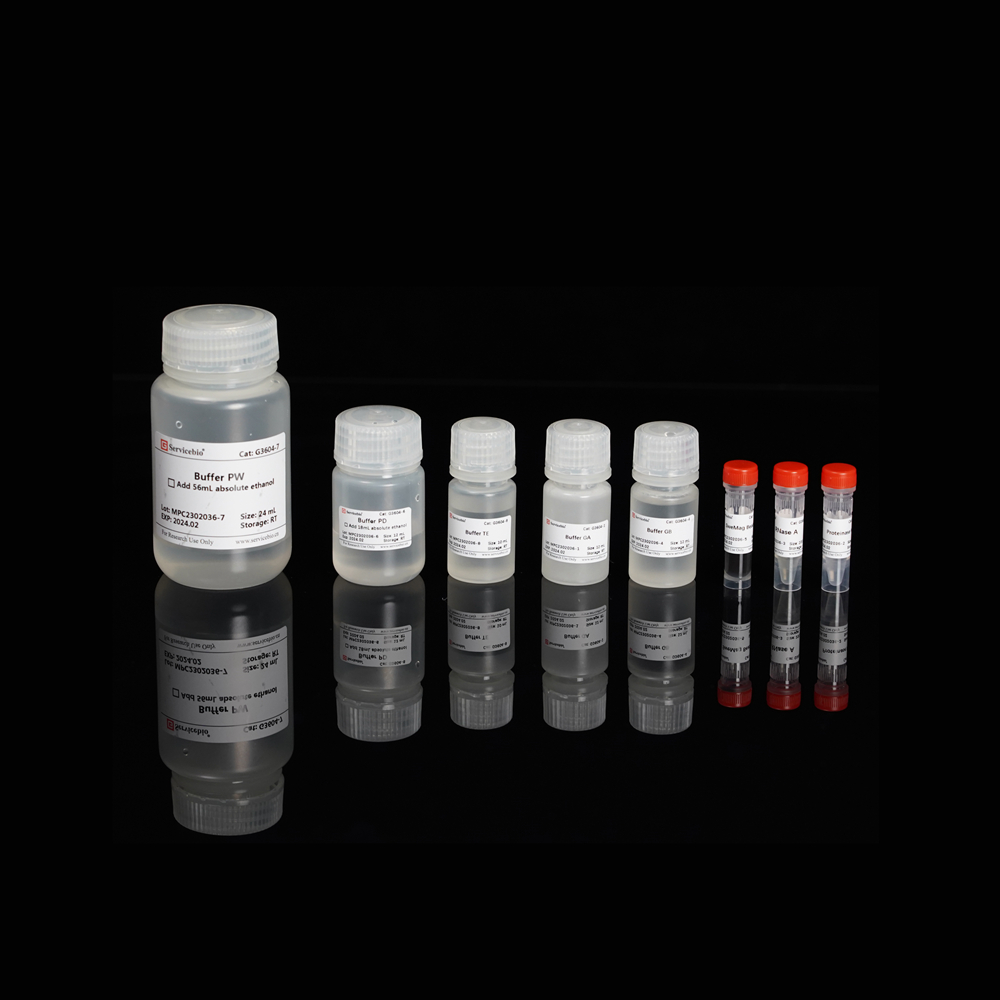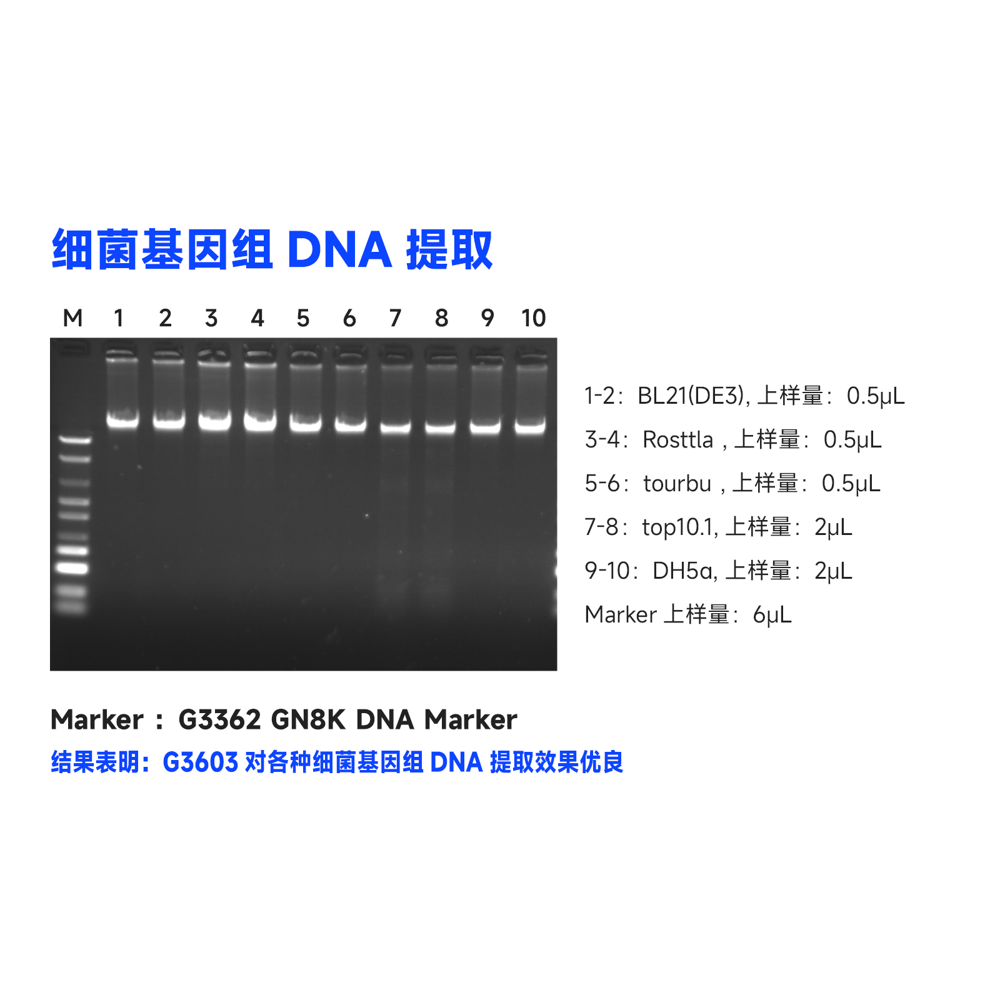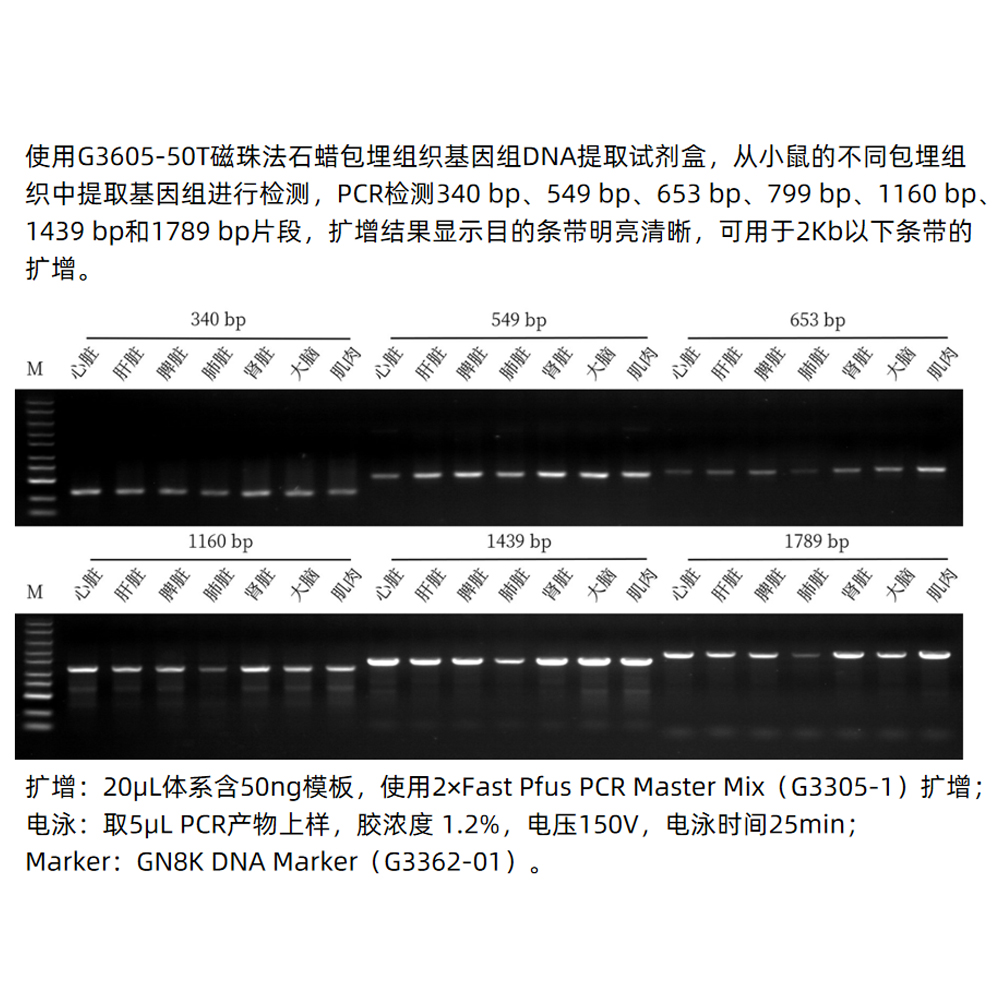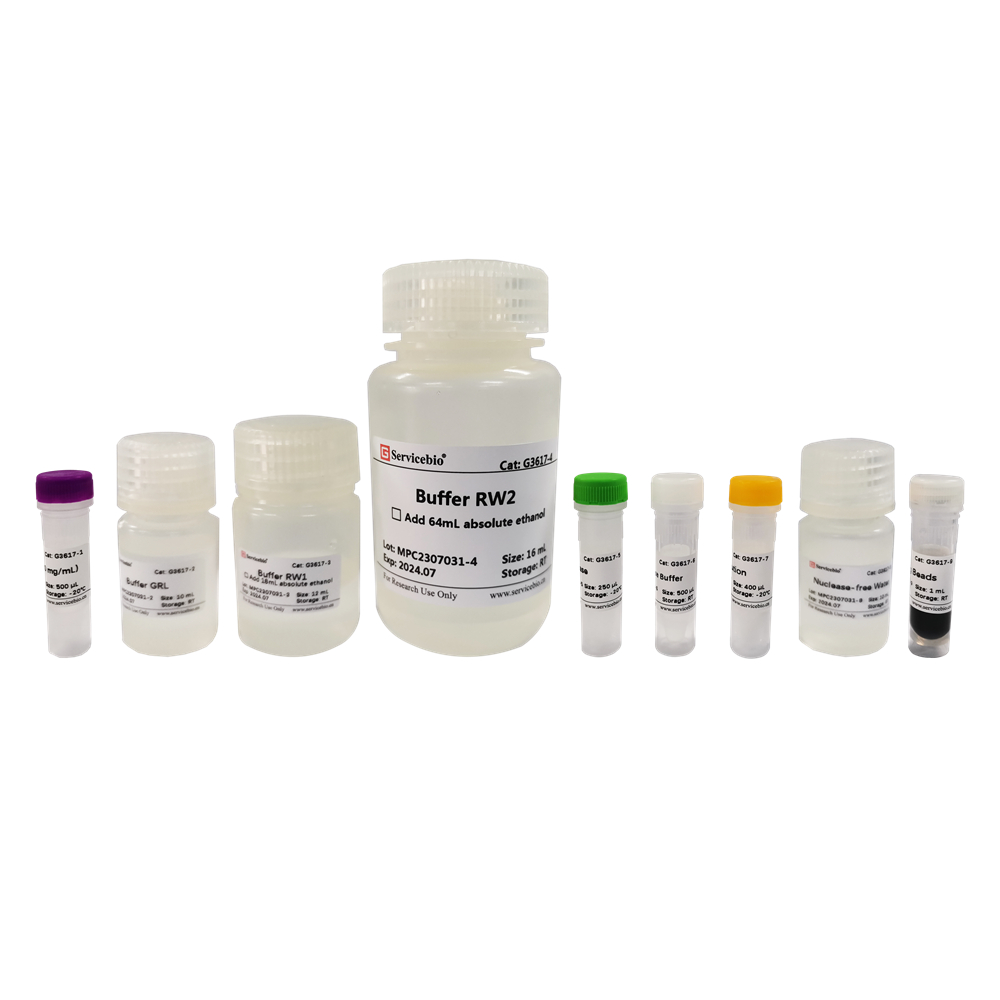No products in the cart.
Description
An RNase Residue Detection Test Kit is a tool used to check for the presence of RNase contamination in laboratory work. RNase is an enzyme that can degrade RNA molecules, potentially causing significant contamination and experimental failure in RNA experiments. To ensure the accuracy and reliability of RNA experiments, RNase residue detection is necessary.
An RNase Residue Detection Test Kit typically includes the following components:
- Positive Control: This is a sample known to contain RNase, used to validate the effectiveness of the kit. If the kit can detect RNase in the positive control, it indicates its functionality.

